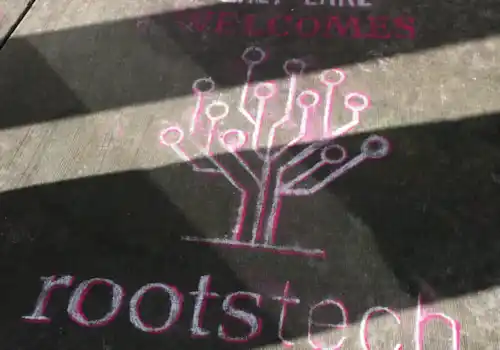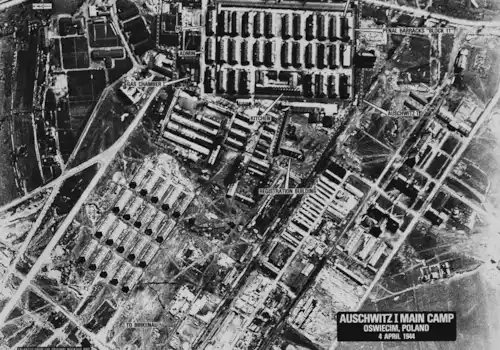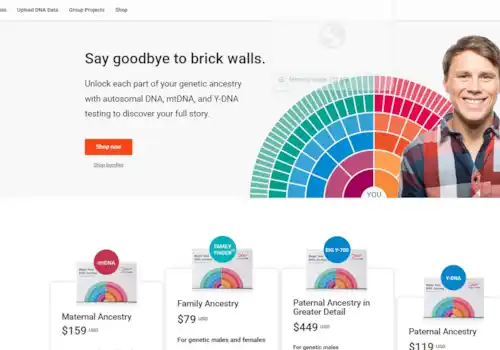21 October 2022
|
Recent studies of the Prehistoric Age in Britain provide insight into the genetics of early British settlers.
The prehistory of Britain is closely tied to that of the surrounding regions of Europe. As is often the case with islands that at different moments in history were connected to the mainland, the changing geography led to new settlements forming and disappearing throughout the region. This was the case during the Prehistoric age in Britain.

Vintage engraving of Avebury or Abury (Restored). Avebury is a Neolithic henge monument containing three stone circles, around the village of Avebury in Wiltshire, in southwest England. Unique amongst megalithic monuments, Avebury contains the largest stone circle in Europe, and is one of the best known prehistoric sites from the Neolithic Age in Britain
What was happening during the Prehistoric Age in Britain?
The Neolithic Age in Britain lasted until about 2,200 BCE. It is best remembered by the famous stone circle of Stonehenge, as well as dozens of other megaliths splattered across the British Isles. During that time and for millennia to come, reaching Britain would require sea travel. This was the case, whether it was Celtic warriors or other bronze age invaders, for the next 2,000 years until 200 BCE. Sea voyages would also be required for more recent Roman soldiers and Viking conquerors to reach the shores during the last two millennia. During that time in history, the British genetic landscape would significantly change, eventually becoming what it is today.
Studies about the Prehistoric Age in Britain
To help shed light on the Prehistoric Age in Britain, two recent comprehensive Ancient DNA (aDNA) studies have added hundreds of new genomes with millions of points of data. That is more information than ever before. Increased data points improve our understanding of how the region was settled, when, and by whom.
The Patterson Paper
The first paper is titled Large-scale migration into Britain during the Middle to Late Bronze Age. In this article, Nick Patterson and a team of archaeologists and geneticists analyzed 793 ancient genomes from Britain and the surrounding regions. This work increased the regional data twelve-fold.

The sun rises, shedding its rays through the massive hand carved stones at Stonehenge built on the Salisbury plains thousands of years ago
Within the sample, there were 400 males whose Y chromosome lineages showed a clear pattern of change. This observation is characteristic of a quick population replacement. Among Neolithic era men, haplogroup I was dominant, accounting for nearly all DNA older than 2,500 BCE.
With the arrival of the Metal Ages, the haplogroup patterns switched. By 2,200 BCE, R1b became dominant, accounting for more than 70% of Y chromosomes from Bronze Age men and those from subsequent eras. Among them, haplogroup R-L21 and its descendant lineages appear to have quickly spread throughout the islands during the early days of metal use.
Perhaps one of the most interesting finds from the Patterson paper was introducing the oldest R-L21 ever found in Britain, dating to 2,300 BCE. The sample was uncovered at the Amesbury Down site near Stonehenge in Wiltshire, England. This amazing find “anchors” the British haplogroup to southeastern Great Britain during the key prehistoric switch from the Stone Age to the Bronze Age.
The Gretzinger Paper
The second paper, titled The Anglo-Saxon Migration and the Formation of the Early English Gene Pool and led by Joscha Gretzinger, looked at more recent British history. This paper included analyses of more than 460 medieval European men. The research highlights the more recent influence on the islands from places as far as Scandinavia and the central European regions of Germany and the Netherlands.

The iconic medieval ruins of Corfe Castle built high a hill in the idyllic Purbeck countryside of Dorset, UK
Haplogroup I occurred in Medieval Britain at a frequency of around 30%, possibly associated with Viking Age migrations. However, the vast majority of Y-DNA belonged to haplogroup R1b. This study introduced several new R-L21 and R-U106 to the British timeline, both of which are common haplogroups among modern British and Central European peoples, respectively.
Further aDNA studies in Britain
Both studies led to an increased understanding of the Prehistoric age in Britain. To learn more about these and dozens of other studies, visit FamilyTreeDNA’s Discover page and see if any of these new British and European haplogroups match your own family’s results.
And subscribe to our blog to stay up to date as new aDNA papers are reviewed and added to Discover each month.








